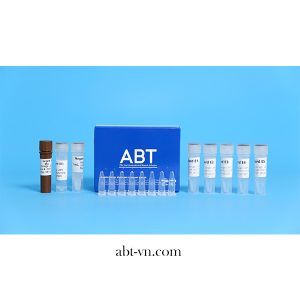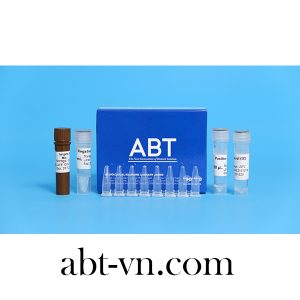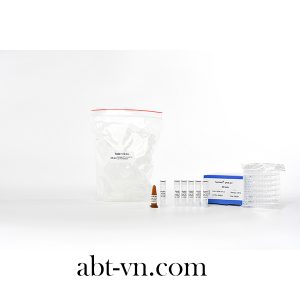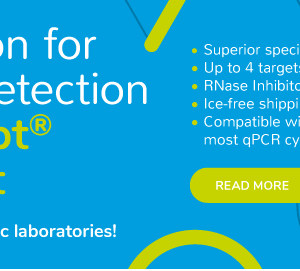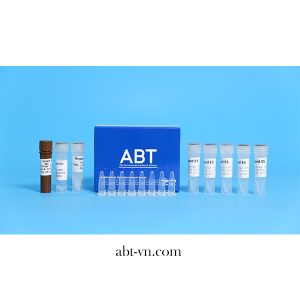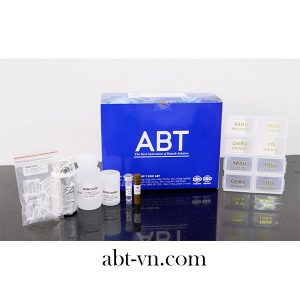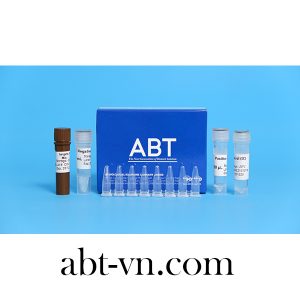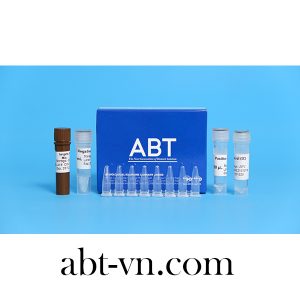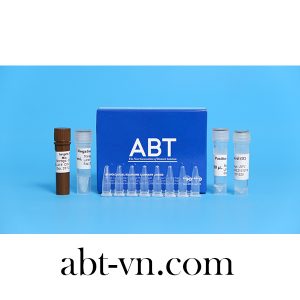TopSENSI® HBV qPCR KIT (RUO) (SQH-101)
Price: Contact
- Accurate quantification of HBV virus concentration: using 5 standard points in combination with negative control, positive control, internal control system to detect abnormal results in a timely manner
- High specificity: detect all HBV genotypes at the 37S protein gene.
- High sensitivity: up to 25 IU/mL.
- Code: QH01.HBV01A (50 test)
” TopSENSI® HBV qPCR KIT (RUO) (SQH-101) is a test kit based on real-time PCR method that allows accurate detection and quantification of HBV concentration in human serum/plasma samples. The standard curve is built based on 5 points that give the most accurate quantitative results. The kit has the advantages of specificity, high sensitivity, endogenous control helps ensure the extraction process or master mix. ”
Advantages of the kit
- Simple process
- PCR optimal time:1.5 hours
- High sensitivity and specificity (Ability to detect 250 IU/mL)
- Supplied with a complete set of consumables
- Provide additional master mix for control test (75 tests)
- Compatible with most real-time PCR machines on the market: Rotor Gene Q (Qiagen), 7500, 7500 Fast (Thermo Fisher), AriaMX, Mx 3005p, Bioer, Dlab, etc.
Specifications
| Target | Hepatitis B Virus (HBV) |
| Sample | DNA after extraction from initial serum and plasma samples |
| Volume | 10µL DNA |
| Channel | FAM for HBV and HEX for internal control (IC) |
| Sensitivity | 250 IU/ ml |
| Specificity | 100% |
| Calibration curve | (E1: 10¹) (E2: 10²) (E3: 10³) (E4: 10⁴)(E5: 10⁵) |
| Technology | TaqMan probe |
| PCR time | 1.5 hours |
| Components | HBV qPCR mix, HBV standard (E1,E2,E3,E4,E5), Negative control, Internal control (IC), Tube PCR. |
| Storage | 12 months, temperature -20oC |
| Manual | >>>User Manual<<< |
Quality Control




Above is detailed information about TopSENSI® HBV qPCR KIT (RUO). In addition, we also have other detection kits such as HCV, HPV, MTB, NG-CHT, etc.
See more products: >>> HUMAN DISEASES DETECTION KIT<<<
ABT Equipment Co., Ltd. is always confident and proud of our staff with years of experience in molecular biology, especially test kits related to viral and bacterial diseases in humans. If you have any questions or need help, please contact:



